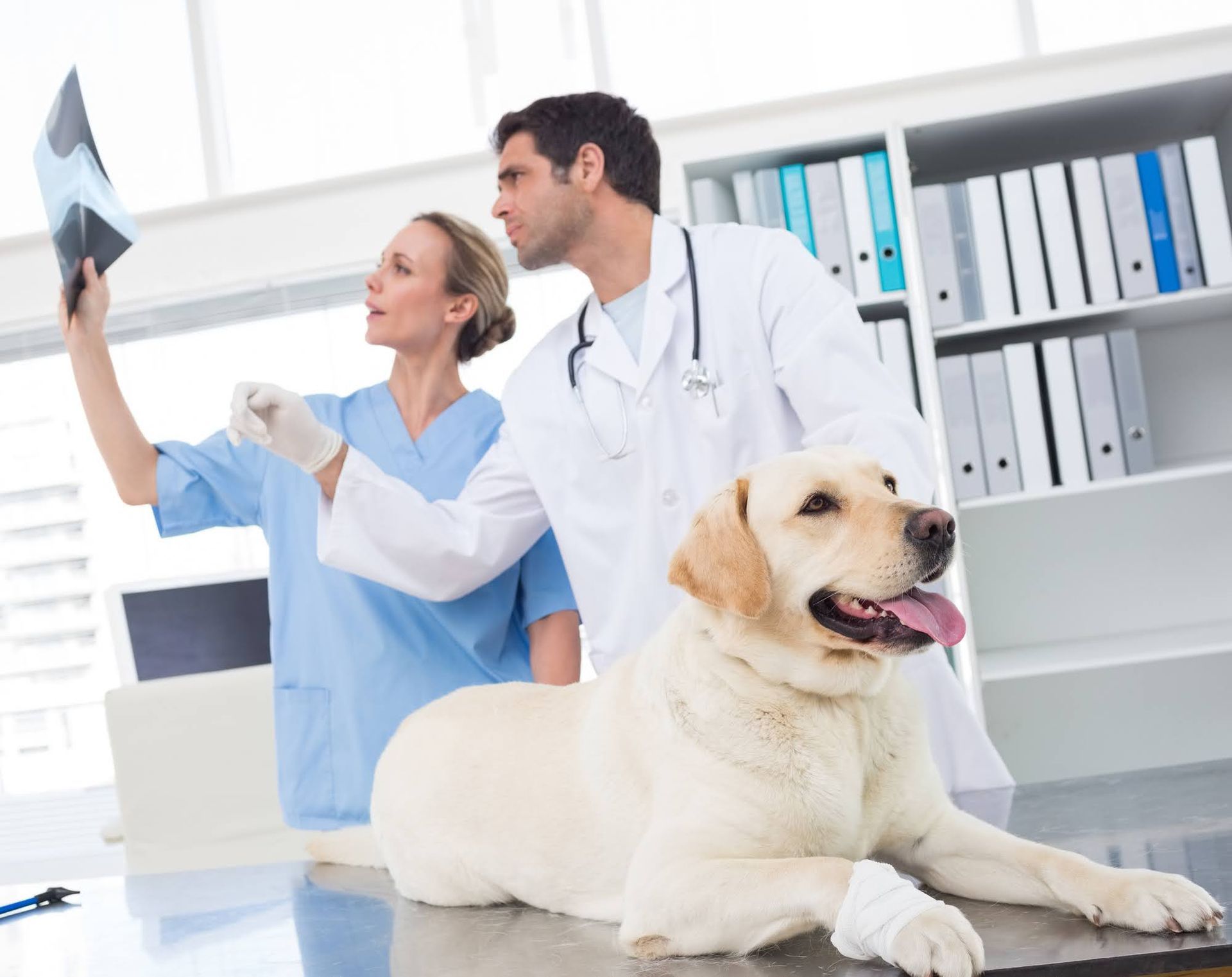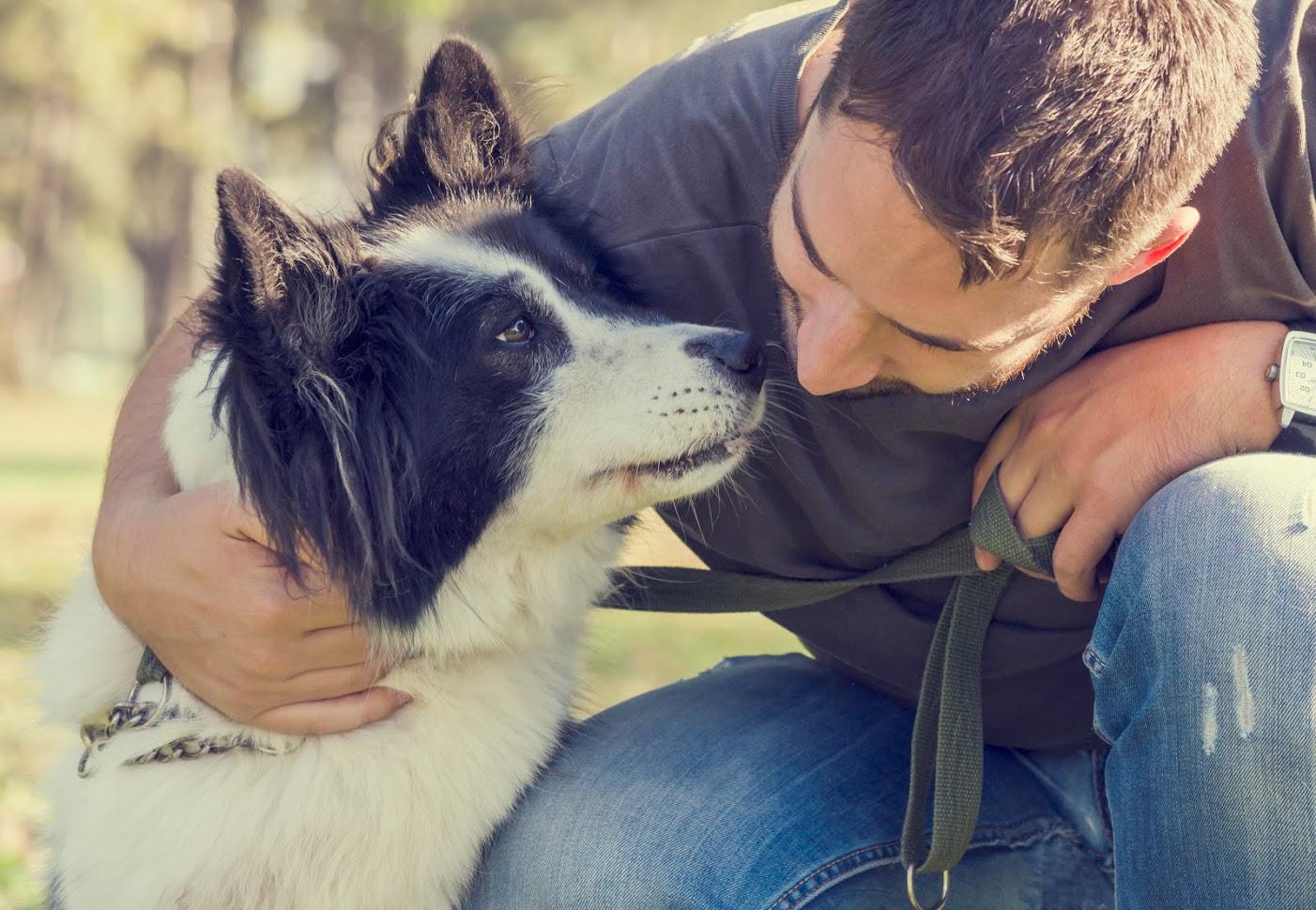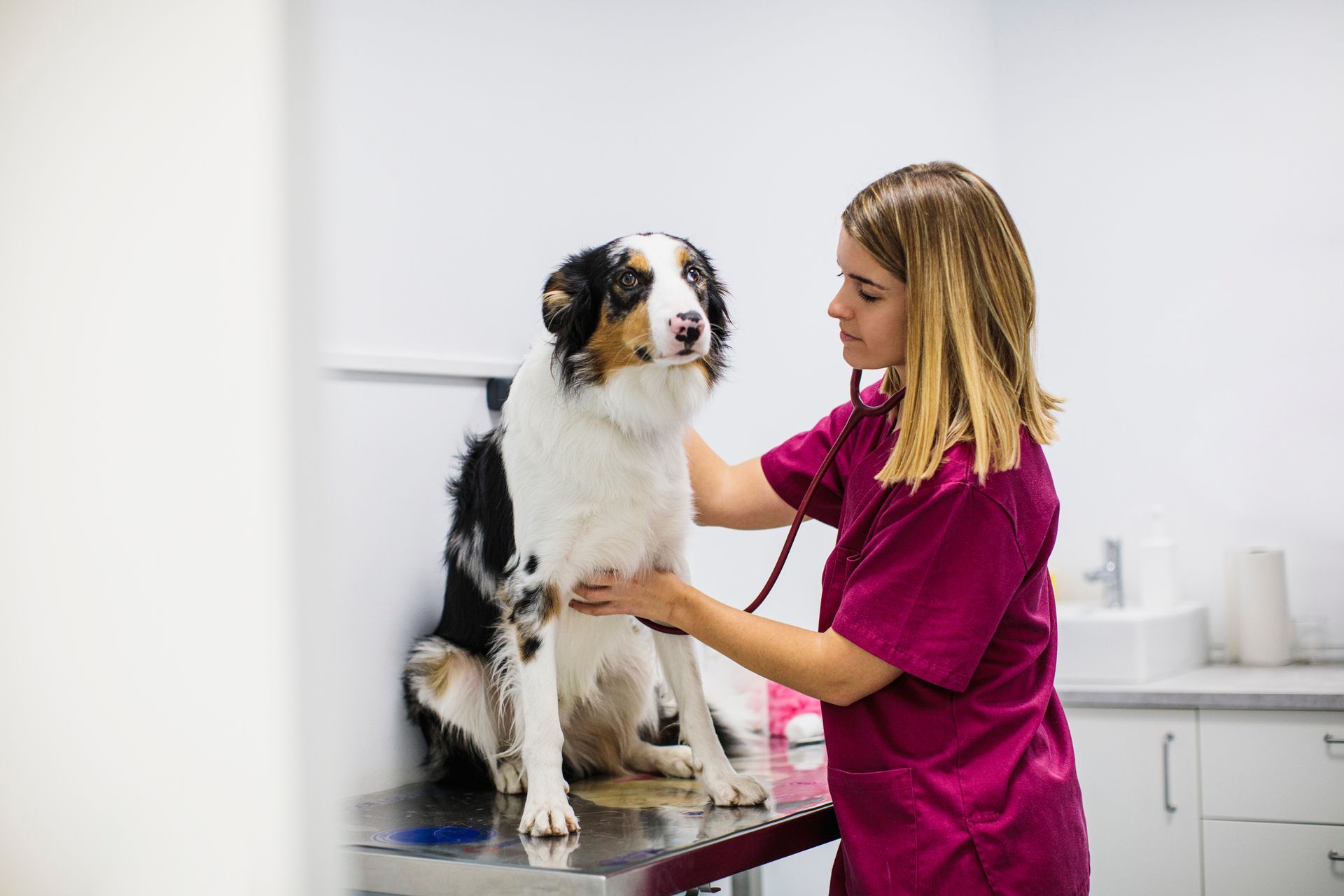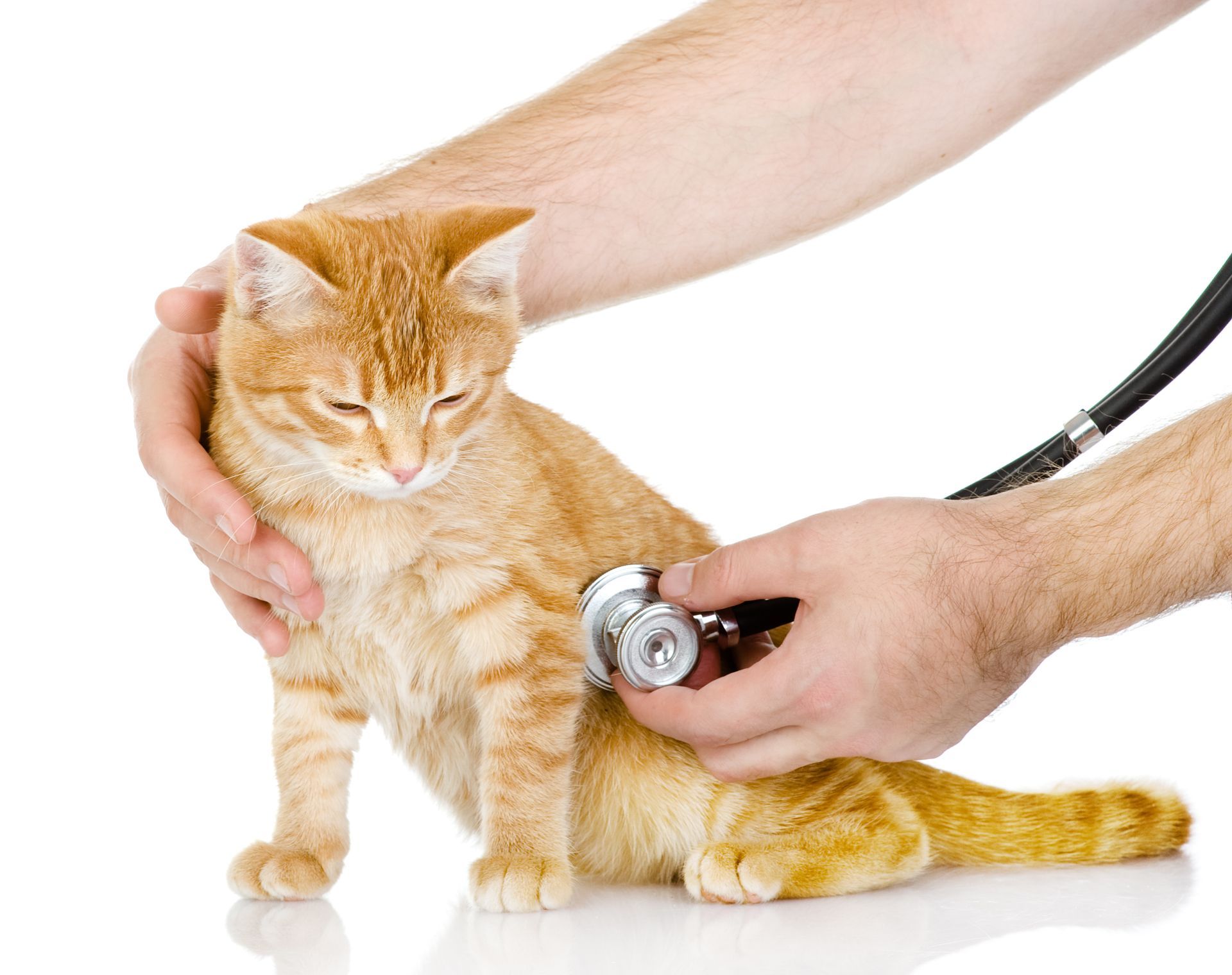Uncovering Health Insights: The Role of X-Rays for Your Dog

As a devoted dog owner, ensuring the health and well-being of your furry friend is likely at the top of your priorities. Regular check-ups and timely medical interventions can make a significant difference in your dog’s quality of life. One important diagnostic tool that veterinarians often use is X-rays. While many dog owners may feel anxious about their pets undergoing this procedure, understanding what X-rays can reveal can help ease those concerns and provide insight into your dog’s overall health.
Understanding the Purpose of X-Rays
X-rays are a form of radiation that can create images of the internal structures within your dog’s body, similar to how they function in human medicine. These images help veterinarians assess bones and joints, organs, and soft tissue, providing essential information that may not be visible through physical examination alone. Whether your dog has been limping, experiencing discomfort, or showing unusual behavior, X-rays can assist in determining the root cause of these issues.
Common Conditions Identified Through X-Rays
When your veterinarian examines the X-ray images, they can detect a variety of conditions. One of the most common uses of X-rays is to check for bone fractures. A simple fall or an accident could lead to a broken limb, and an X-ray would clearly show the extent of the injury, allowing for appropriate treatment options. Additionally, X-rays can uncover joint issues, such as arthritis or hip dysplasia, which can significantly impact your dog’s mobility and comfort.
Another crucial aspect that X-rays can reveal is the presence of foreign objects lodged in your dog’s body, particularly in the digestive tract. It’s not uncommon for curious dogs to ingest items they shouldn’t, and X-rays can visually confirm whether these objects pose a risk. In more serious cases, this could necessitate surgical intervention, highlighting the importance of timely diagnosis.
Evaluating Organ Health
X-rays also play a vital role in evaluating the health of internal organs. For instance, an X-ray can help veterinarians assess the size and shape of the heart. Enlarged hearts may indicate underlying health concerns, such as heart disease, which requires immediate attention. Similarly, abnormalities in the lungs, such as infections or tumors, can be identified through X-ray imaging, enabling prompt treatment.
Moreover, dental health is an often overlooked facet of a dog’s overall well-being. X-rays can reveal issues that are not visible externally, such as impacted teeth or bone loss in the jaw, guiding veterinarians in providing the necessary dental care to ensure your dog’s oral health is maintained.
The Procedure: What to Expect
If your dog requires X-rays, your veterinarian will first discuss the reasons for the procedure and what it involves. Generally, the process is quite straightforward and, for the most part, safe. Your dog will likely be positioned on the X-ray table, and depending on the area being examined, they may need to be lightly sedated to ensure they remain still. This ensures clear images, reducing the chance of blurring due to movement.
Once the X-rays have been taken, the veterinarian will analyze the images. It’s essential to note that while X-rays are a valuable tool, they are just one part of a comprehensive diagnostic process. Your veterinarian will consider the X-ray results alongside your pet’s medical history, physical examination findings, and any other relevant tests to provide an accurate diagnosis and treatment plan.
Making Informed Decisions
Understanding what X-rays can reveal about your dog helps you make informed decisions about their health care. Remember, this diagnostic tool assists veterinarians in identifying hidden issues that can significantly affect your pet's well-being. As a dog owner, being proactive about your dog’s health by considering tests like X-rays when recommended demonstrates your commitment to their care.
X-rays are a vital tool in a veterinarian’s arsenal, providing indispensable insights into your dog’s health that go beyond mere physical examinations. If ever faced with the need for X-rays, approach this necessary procedure with confidence, knowing it is a step toward ensuring your four-legged companion enjoys a longer, healthier, and happier life. Contact us at Angel Pet Hospital to learn more about getting X-rays for your dog.

















